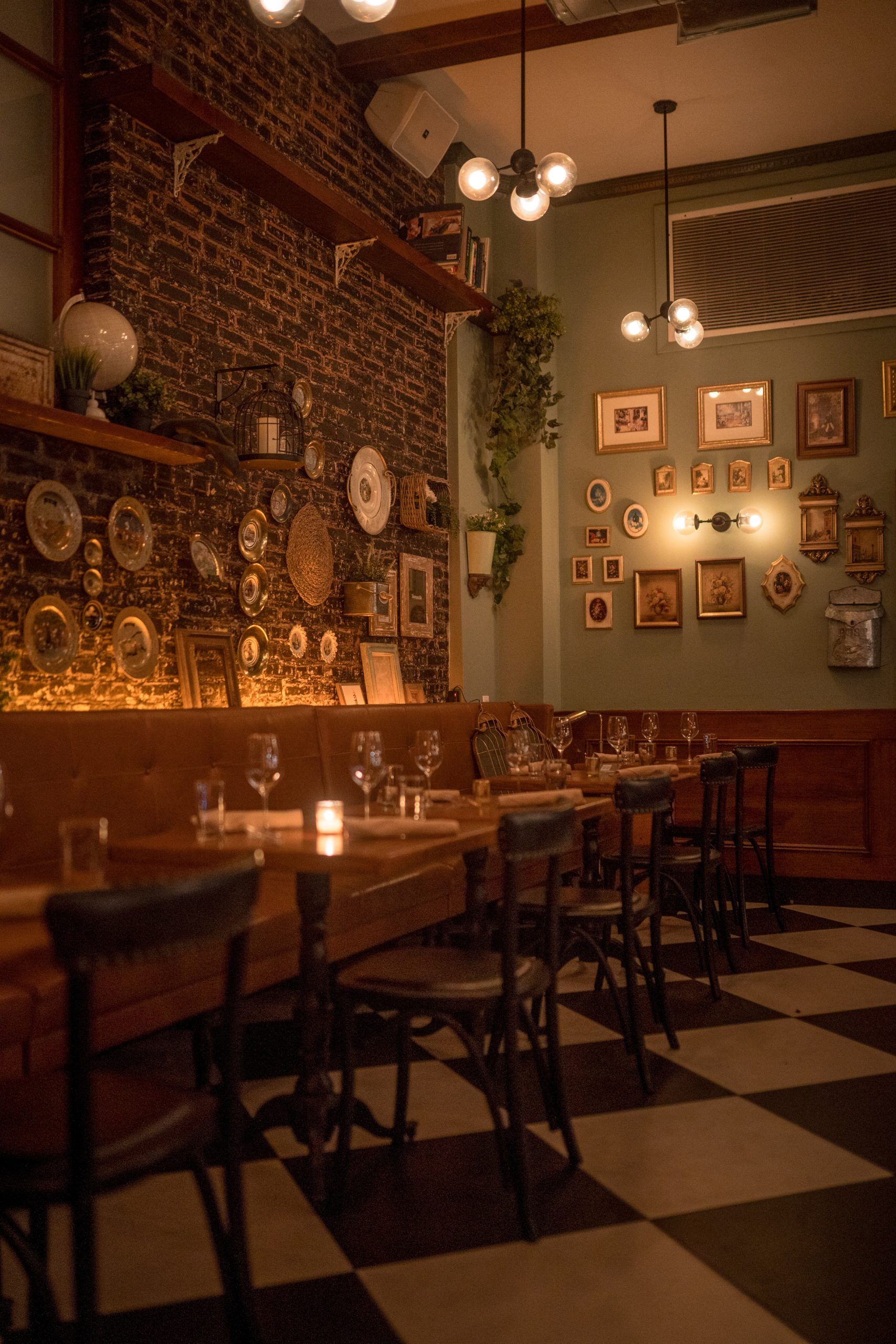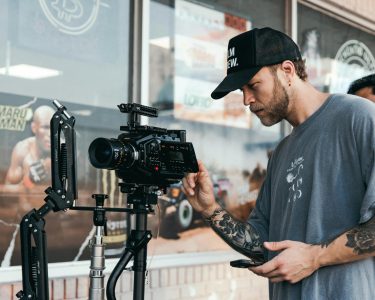Introduction
Running a restaurant is no piece of cake. From the mouth-watering menu to the ambiance, every detail counts. But what about the costs? Many aspiring restaurateurs fail to realize how much money goes into keeping a restaurant running smoothly. It’s not just about buying ingredients and hiring staff; there are numerous essential costs that need to be factored in when budgeting for your business. In this article, we’ll take you through eight crucial expenses that must be considered while counting those pennies!
Food Costs
Food costs are one of the most significant expenses in restaurant budgeting, and it’s essential to manage them carefully. First and foremost, calculating food costs involves determining what ingredients you need for each menu item. You must also consider the prices of these ingredients from different vendors.
Once you know your ingredient costs, you can calculate your overall food cost percentage by dividing your total food purchases by your gross revenue. Ideally, a restaurant should aim for a 30% or lower food cost percentage.
To help control food costs, restaurants can take several measures such as using seasonal ingredients when possible or buying in bulk to get better pricing from suppliers. Additionally, regularly reviewing menus to eliminate low-margin items that aren’t selling well can also minimize waste and save money on inventory.
In summary, managing food costs is crucial for any restaurant’s financial success. By developing efficient purchasing practices and menu management strategies tailored to their establishment’s unique needs may help restauranteurs keep their budgets under control while providing high-quality cuisine.
Employee Wages and Benefits
Employee wages and benefits are one of the most significant costs in any restaurant business. It is important to budget appropriately for these expenses, as they can greatly impact your bottom line.
When it comes to employee wages, it’s crucial to pay fair and competitive rates that reflect the value of their work. This not only helps retain employees but also attracts top talent within the industry. However, increasing wages may lead to higher labor costs which can be a challenge for small businesses.
Benefits such as healthcare insurance, retirement plans, or paid time off are also essential components in any employment package. Offering these benefits can help attract and retain quality staff members while keeping them motivated and engaged during their shifts.
It’s important to note that there are legal requirements when it comes to employee compensation such as minimum wage laws, overtime regulations, sick leave policies among others depending on your location or state regulations.
In addition to wages and benefits, other factors must be considered when creating a budget for labor costs such as payroll taxes or worker’s compensation insurance. Overall managing employee wages can be complex due to legal compliance issues; however well-managed payment packages with good incentives go along way in building an efficient team that drives success in a restaurant business.
Rent and Utilities
Rent and utilities are two of the most important expenses for any restaurant. The cost of renting a commercial space can vary depending on location, size, and other factors. It’s essential to choose a location that fits your budget but also has potential for high foot traffic.
In addition to rent, there are also utility bills to consider such as electricity, water, gas and internet. These costs can add up quickly so it’s important to be mindful of energy consumption in the kitchen area by using energy-efficient equipment and lighting.
One way to save money on rent is by negotiating with landlords for lower lease rates or finding sub-lease options. Another option is considering shared spaces where multiple restaurants operate within one building sharing common areas like bathrooms and hallways.
When it comes to utilities, consider investing in smart technology such as IoT (Internet of Things) devices that automatically adjust lighting levels based on occupancy or scheduling regular maintenance checks for HVAC systems.
By being proactive about managing rent and utility costs through careful planning and innovative solutions you’ll ensure your restaurant runs smoothly while keeping expenses manageable.
Insurance
Insurance is an essential cost for any restaurant, big or small. It protects against unexpected events and legal issues that could arise in the future. These unforeseen circumstances can cause significant financial damage if not covered by insurance.
General liability insurance covers a wide range of incidents such as slip and fall accidents, property damage caused by employees or customers, and lawsuits from patrons who become ill after eating at your establishment.
Workers’ compensation insurance is necessary to protect employees in case they get injured on the job. This type of policy pays for medical expenses and lost wages while the employee recovers.
Property insurance protects your building, equipment, inventory, and other assets in case of fire, theft or other disasters. You should also consider business interruption coverage which will cover lost income if you need to shut down due to repairs.
Liquor liability insurance is important if you serve alcohol at your restaurant. This provides protection against claims arising from customers who become intoxicated on premises then harm themselves or others upon leaving.
Investing in comprehensive insurance policies may seem like an added expense but it’s worth it when you consider how much money it could save you in the long run. Not having adequate coverage can lead to devastating losses that can put your entire business at risk. Make sure to shop around for quotes from reputable providers so that you’re getting quality coverage at a reasonable price point.
Marketing and Advertising
Marketing and advertising are crucial for any restaurant’s success. It is how potential customers learn about your business, and it can help you stand out in a crowded market. However, marketing and advertising costs can quickly add up if not budgeted properly.
One way to save money on marketing costs is by utilizing social media platforms. These platforms are free to use and allow you to reach a large audience through targeted ads or organic content. By creating engaging posts that showcase your food, atmosphere and unique selling points, you can attract more traffic to your restaurant without spending too much money.
Another cost-effective method for marketing your restaurant is word-of-mouth referrals from satisfied customers. Encourage guests who have had a positive experience at your establishment to leave reviews on popular review sites like Yelp or Google Reviews.
Collaborating with local businesses or hosting events within the community can also bring attention to your restaurant while building relationships with other entrepreneurs in the area.
It’s important to keep track of all marketing expenses so that you know what strategies work best for bringing in new clientele while staying within budget constraints. Remember that promoting your brand does not always require expensive campaigns; sometimes simple yet effective tactics go a long way towards establishing brand recognition among locals looking for their next dining experience.
Equipment
Investing in high-quality equipment is essential for any restaurant to operate efficiently and effectively. It can be tempting to cut corners when it comes to purchasing kitchen appliances, but doing so can lead to bigger costs down the line.
Firstly, ensure that all equipment meets health and safety regulations. Outdated or poorly maintained machinery could result in food contamination or even injury to employees. It’s also important to consider energy-efficient options as they can save money on utility bills in the long run.
Another factor is maintenance costs of the equipment – regular upkeep may seem like an added expense, but it helps extend the lifespan of machines and prevents costly breakdowns during peak hours.
When buying larger pieces such as ovens or refrigerators, opt for reliable brands with good warranties. These investments may require a higher upfront cost but will pay off over time by reducing repair expenses.
Assess your restaurant’s needs before making purchases – there’s no need for unnecessary gadgets that take up valuable space if you don’t use them frequently!
Investing wisely in quality equipment will ultimately benefit both your finances and overall business operations.
Conclusion
Budgeting for essential restaurant costs is crucial to the success of any establishment. By taking a diligent approach to tracking and managing these expenses, restaurateurs can ensure that they are able to allocate their resources effectively and maximize profitability.
While there are many different factors that go into running a successful restaurant, focusing on these eight key areas will help owners stay on track with their financial goals. From food costs and employee wages to rent, utilities, insurance, marketing efforts, and equipment investments – each of these components plays an important role in driving revenue and keeping customers coming back for more.
By being mindful about budgeting for these essential restaurant costs from the very beginning of operations or during regular check-ins as time goes by you can make smart decisions that benefit both your business bottom line as well as the satisfaction of your guests. Ultimately this means creating an experience that diners love while also supporting a thriving business over time!




